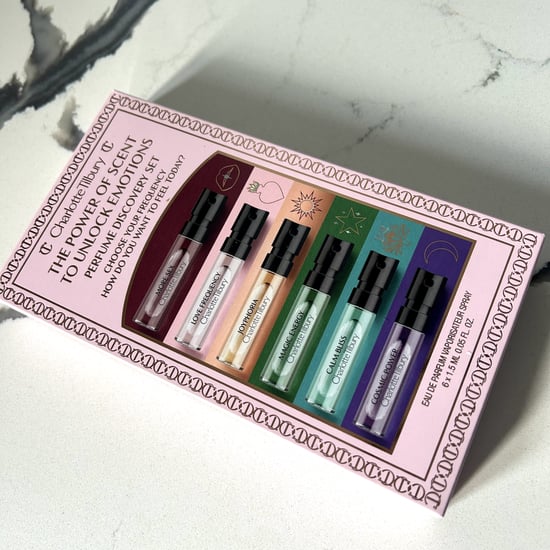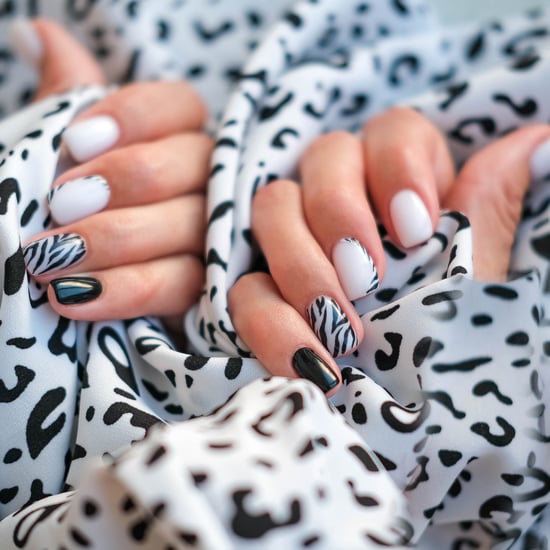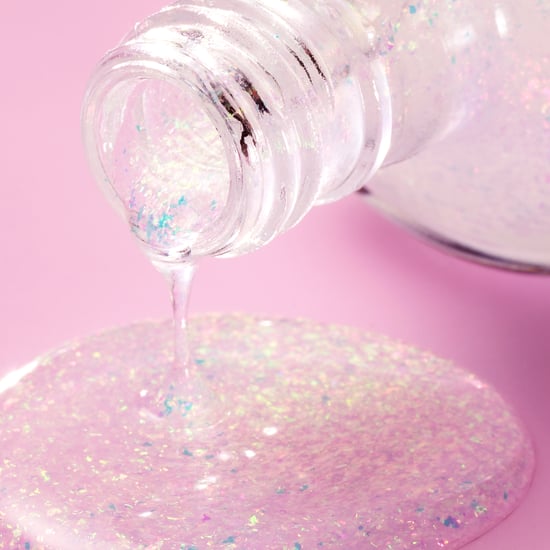Facial Balancing 101: What to Know
TikTok is Obsessed With "Facial Balancing" — Here's What It Is
@skinbydrazi We are all asymmetrical, it’s what makes us unique & beautiful #nonsurgical #learnontiktok #symmetry #skinbydrazi
♬ Paris - Else
Over the last year or so, you've probably seen the term "facial balancing" everywhere. The hashtag #facialbalancing has over 57 million views on TikTok and counting, but even if you aren't seeing the exact buzzword itself, the idea is all around us: in social media filters that alter your appearance for a more symmetrical look, in apps that can change your facial features in photos, and in real life. It seems like everyone wants to have a sharp jawline, full lips, and a more symmetrical face — and facial balancing allows you to do that.
So, what is it? Essentially, the concept is all about subtly "balancing" your features using strategically placed injectables. More lasting than facial massage, but less permanent than a facelift, facial balancing has become a popular option for those looking to make understated changes. It's effective, customisable, and on the more affordable side when compared to surgically invasive treatments.
Ahead, two experts break down everything to know about facial balancing, like what it is, who is a good candidate, and the pros and cons. Keep scrolling to learn more.
What Is Facial Balancing?
"Aesthetic facial balancing is a non-invasive treatment designed to help enhance symmetry of facial features and harmonise facial proportions," Samantha Ellis, MD, board-certified medical and cosmetic dermatologist, tells POPSUGAR. "It often involves using a combination of skin-care products, injectable treatments, and other non-surgical methods to help contour and restore volume, reduce wrinkles, and create a natural and youthful-looking appearance."
The idea is to address subtle imperfections with treatments that require minimal downtime. Dr. Ellis says that patients are most often concerned with the appearance of their lips, chin, and undereye hollows, which can easily be addressed with facial balancing. "Hyaluronic acid fillers, such as Restylane, and neuromodulators, like Dysport, can help bring more harmony to your features while maintaining facial flexibility and support," she says.
The good news is that according to Nancy Samolitis, MD, board-certified dermatologist and founder of Facile Skin, "anyone with a face" is a good candidate for facial balancing. It's a great treatment option for those who are noticing signs of ageing like volume loss, wrinkles, or sagging skin — especially if they want to address these issues without needing to undergo invasive surgery. "It's also suitable for those who wish to address facial asymmetry and/or subtly enhance their facial features," Dr. Ellis says.
As for the cost, "this would be a huge range, from a minimum of $1500 to tens of thousands of dollars depending on the needs of the patient," Dr. Samolitis says. Dr. Ellis adds that the exact price depends on a bevy of factors, like the number of treatment sessions needed, the products used and the amount of product used per session, as well as where you live geographically.
Pros and Cons of Facial Balancing
Dr. Ellis says she's seen an increase in patients opting for facial balancing over more invasive treatments like surgical facelifts. "This may be due to facial balancing involving less risk, recovery time, and [a lower cost] than surgical procedures," she says. Plus, patients are able to gradually treat their concerns which typically offers a more natural look.
Potential facial balancing patients should know, however, that the results won't last forever. "Facial balancing effects can last between six months to two years, depending on the types of products used, treatment area, and skin type," Dr. Ellis says. "Hyaluronic acid fillers, for example, can last between 12 to 18 months with optimal treatment."
Another thing to take into consideration? "There are many unskilled injectors as the aesthetic field has minimal regulations regarding who can be an injector," Dr. Samolitis says.
Additionally, as with any treatment, there are always potential risks and side effects, so if you're considering trying it out for yourself, you should always do your research and find a trusted, well-trained professional who can help you meet your goals. "The best way to achieve natural-looking results with facial balancing is to consult with an experienced dermatologist or aesthetic practictioner who can assess your skin and facial structure, understand your aesthetic goals, and tailor a treatment plan specifically for you," Dr. Ellis says.
Facial Balancing Before and Afters






